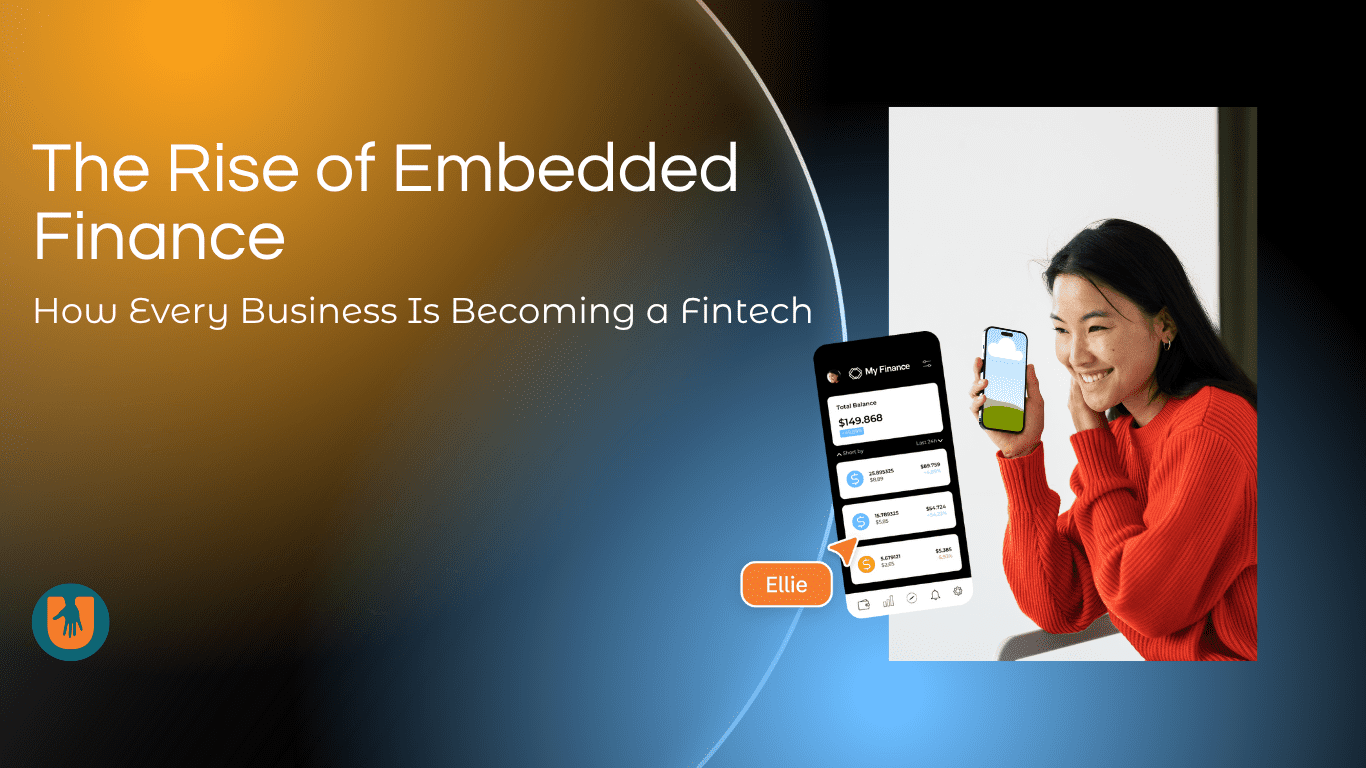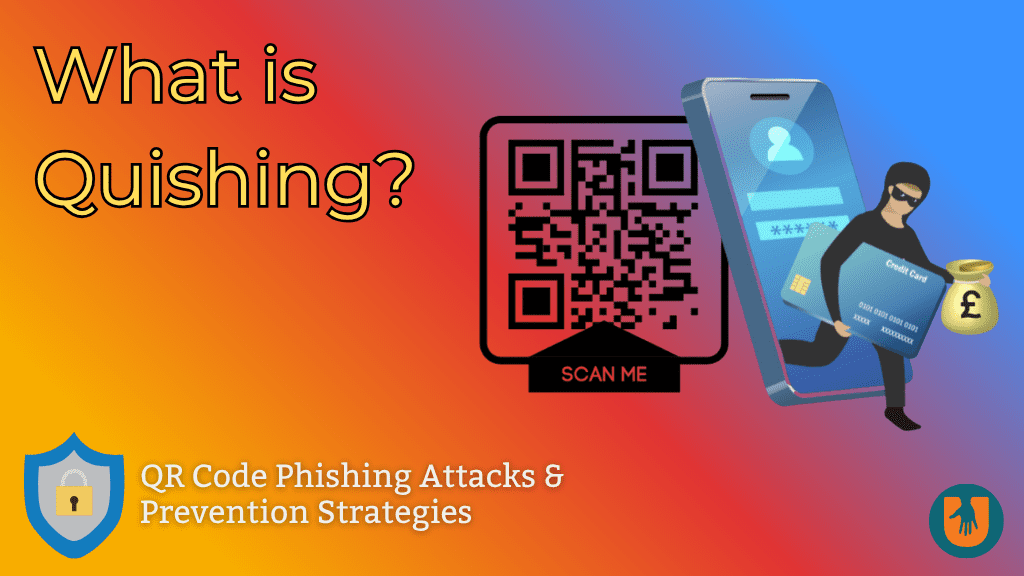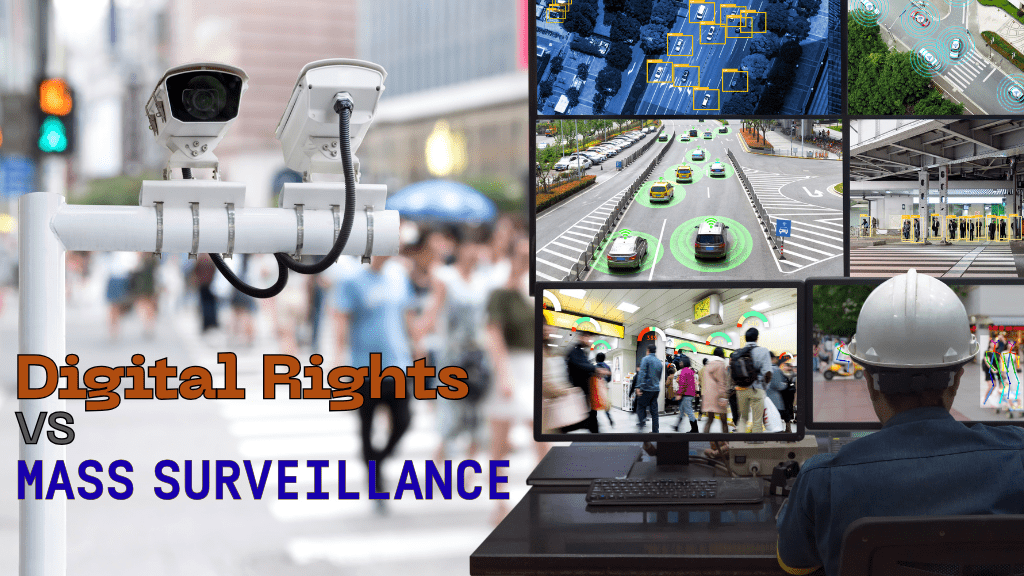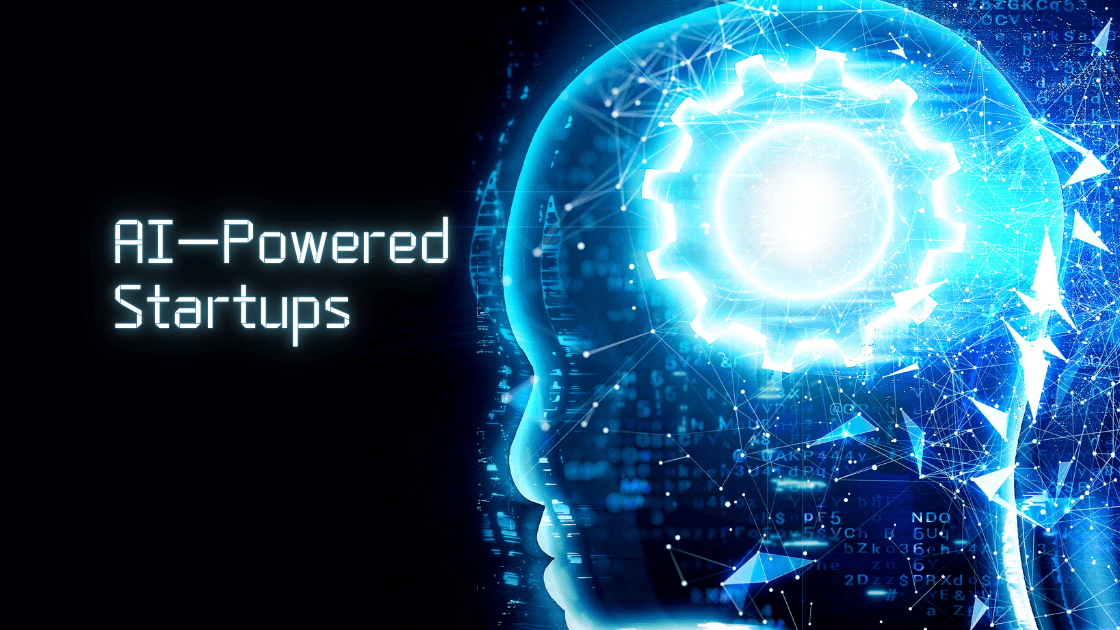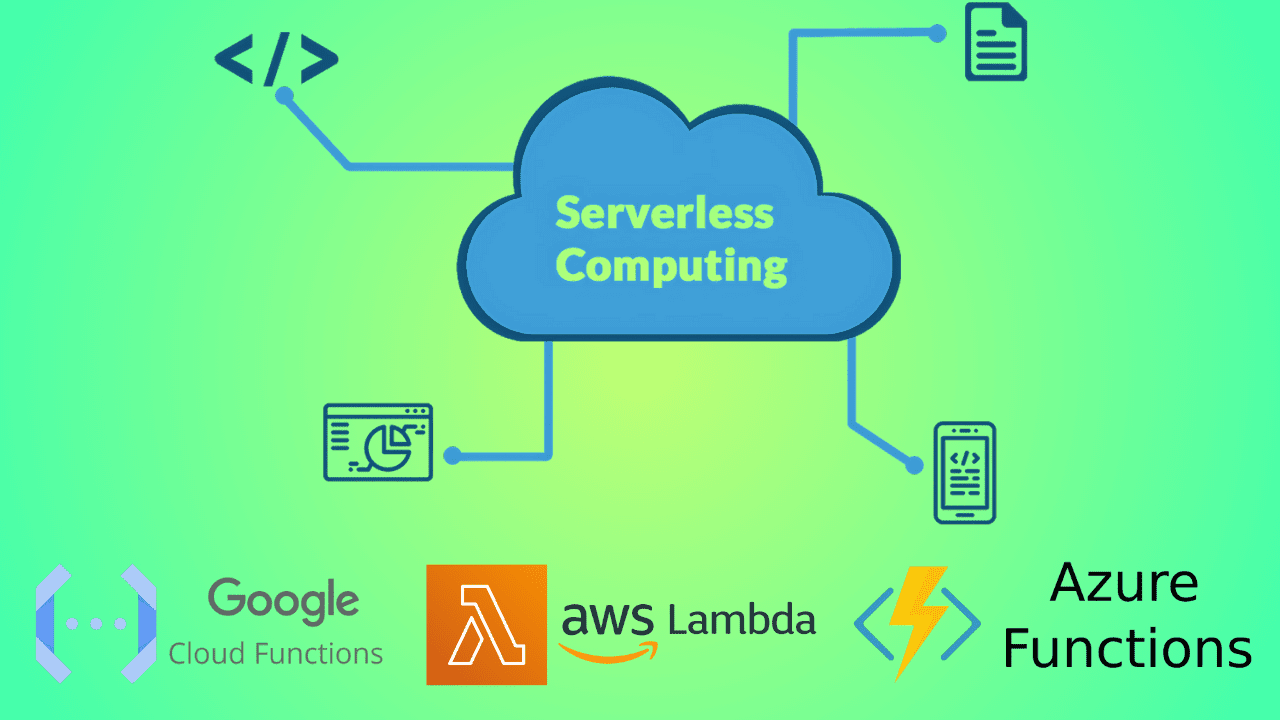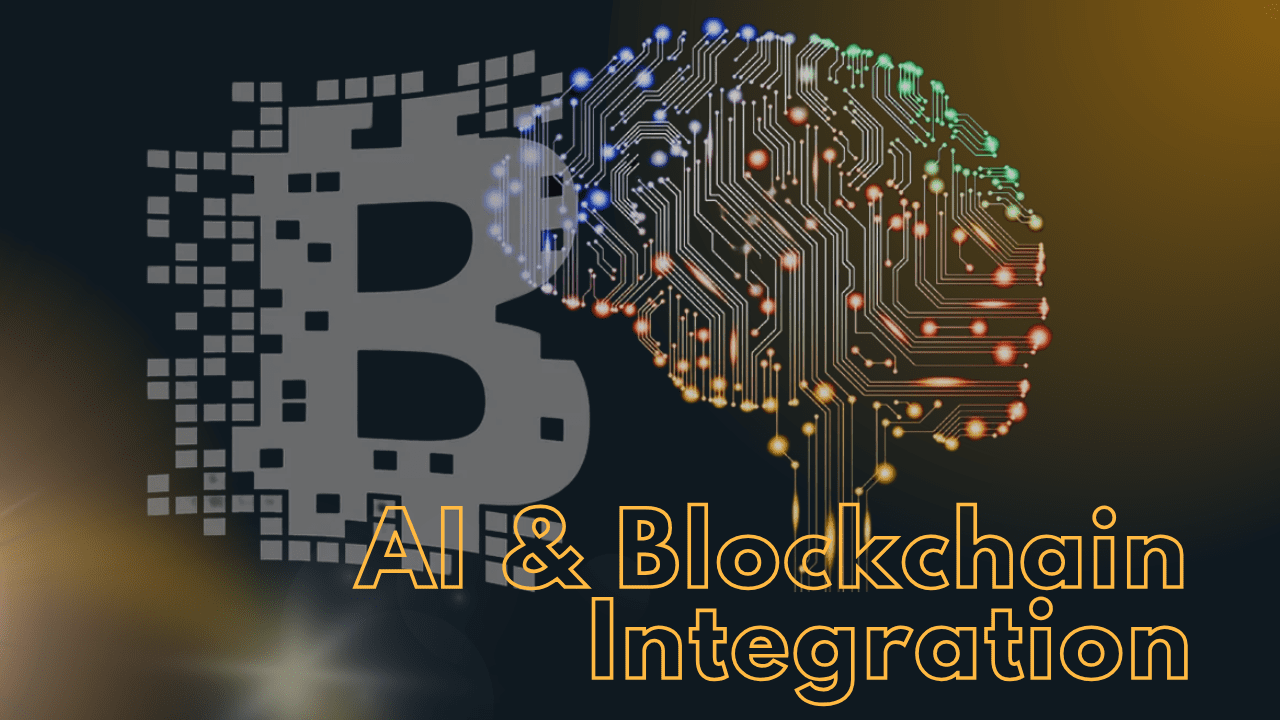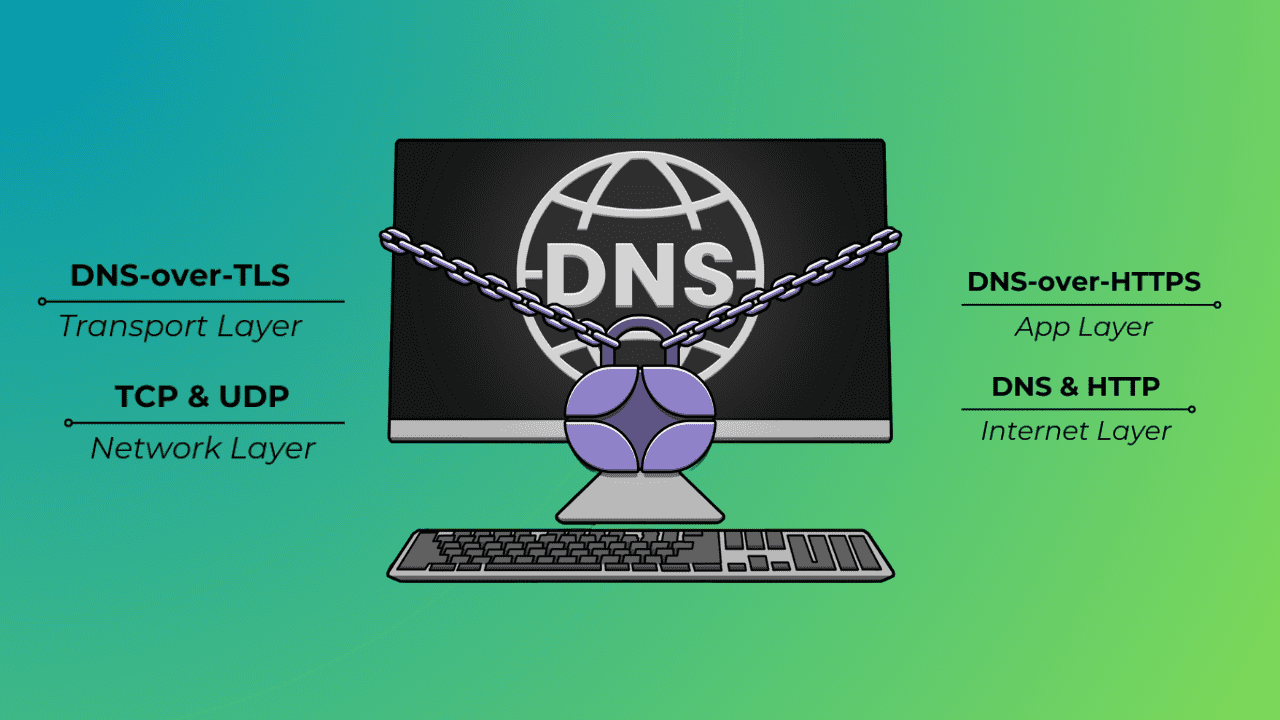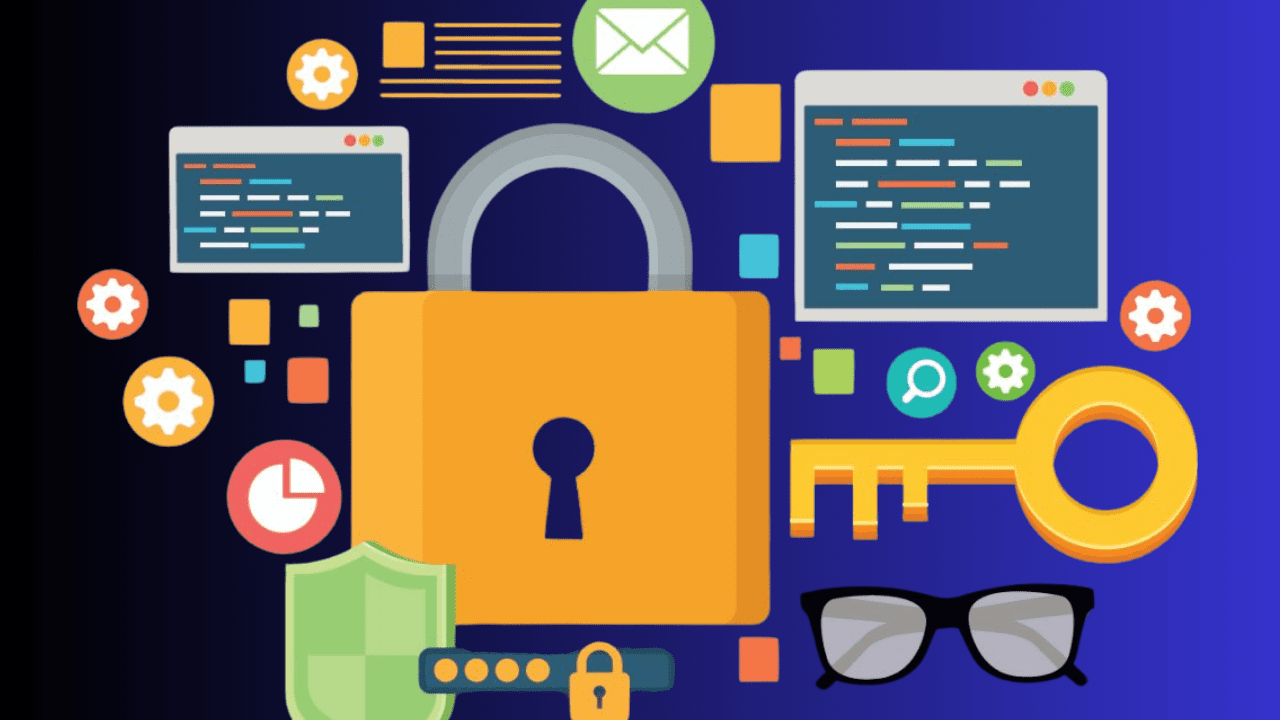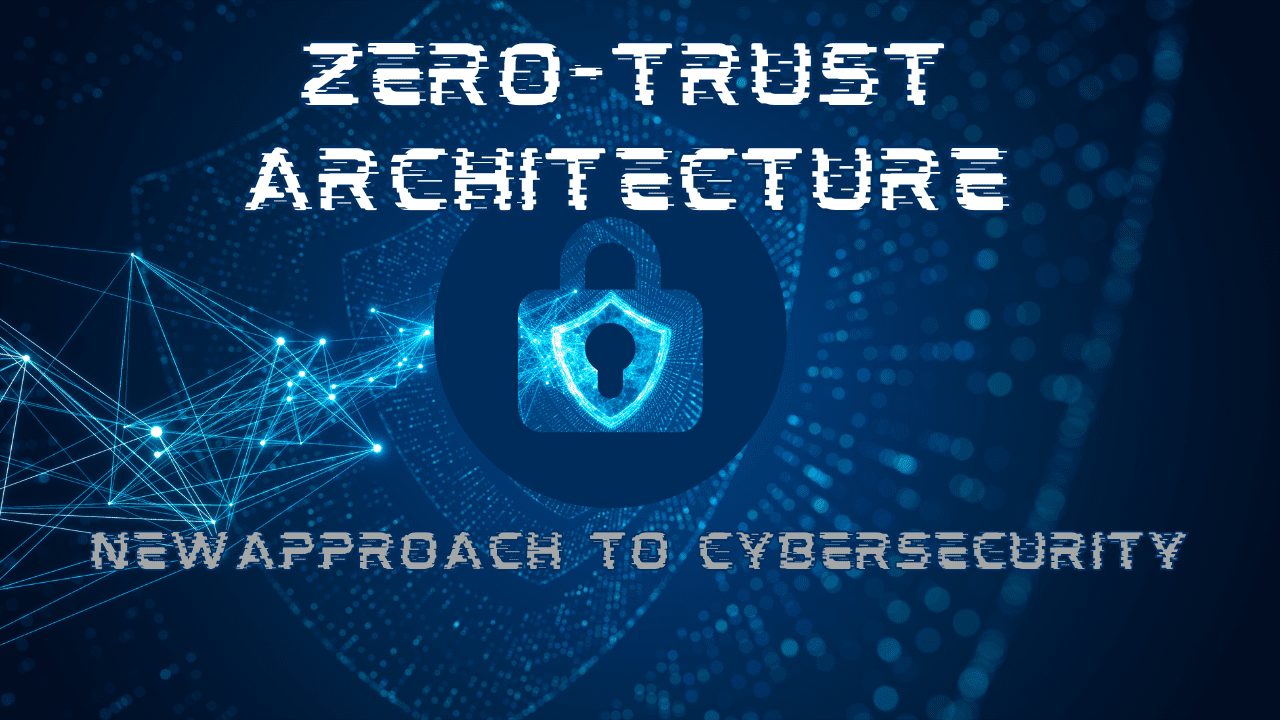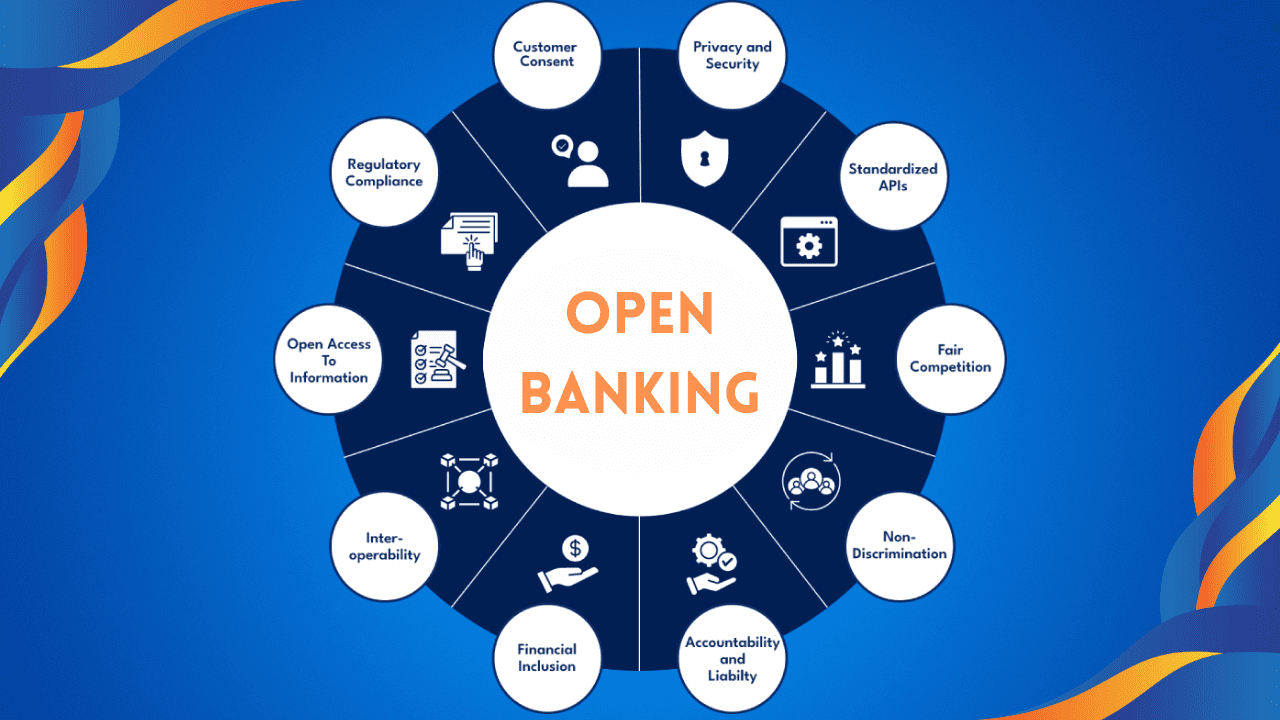The Rise of Embedded Finance: How Every Business Is Becoming a Fintech
Think about the last time you shopped online. You added an item to your cart, paid in one click, and maybe even split the payment into easy parts. You didn’t open a banking app or visit a lender. That smooth payment came from something called embedded finance. Imagine buying a coffee. You open your favorite … Read more

